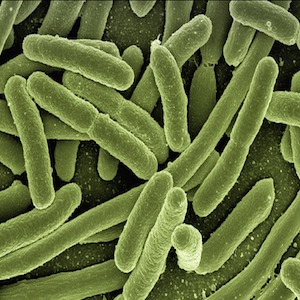 Smart Citations
Smart CitationsSee how this article has been cited at scite.ai
scite shows how a scientific paper has been cited by providing the context of the citation, a classification describing whether it supports, mentions, or contrasts the cited claim, and a label indicating in which section the citation was made.
Retrospective study on the prevalence of Yersinia enterocolitica in food collected in Umbria region (central Italy)
Yersinia enterocolitica represents one of the main foodborne pathogens in Europe and the evaluation of possible sources of contamination and its prevalence in food is of considerable interest for risk analysis approach. The results of the search for Yersinia enterocolitica in food samples taken in Umbria region (central Italy) were evaluated during the years 2015-2018. Different types of foods were considered, both ready-to-eat (meat products, dairy products, and raw vegetables) and meat preparations to be eaten after cooking. Samples were assayed by molecular screening for the species indicator gene ompF. Screening positives were subjected to isolation and characterization by searching for specific virulence marker genes, including the ail gene responsible for invasiveness and the ystB gene for the production of enterotoxin. The total prevalence of positive samples for Yersinia enterocolitica was 16.86% with a higher percentage of positive samples in meat preparations (19.35%), followed by ready-to-eat vegetables (11.76%). Poultry meat samples had a higher prevalence than pork and beef samples. Neither positive samples were found in meat products and dairy, nor seasonality in positivity was observed. All isolated strains of Yersinia enterocolitica were biotype 1A, with absence of the ail virulence gene but presence of ystB gene. Since the strains isolated from human patients appear to be primarily biotypes that possess the ail marker, future investigations would be needed regarding the real role of biotype 1A in human disease. In this context, attention should certainly be paid to ready-to-eat vegetables and to careful cooking of meat preparations.
Downloads
How to Cite

This work is licensed under a Creative Commons Attribution-NonCommercial 4.0 International License.
PAGEPress has chosen to apply the Creative Commons Attribution NonCommercial 4.0 International License (CC BY-NC 4.0) to all manuscripts to be published.

 https://doi.org/10.4081/ijfs.2023.10996
https://doi.org/10.4081/ijfs.2023.10996





